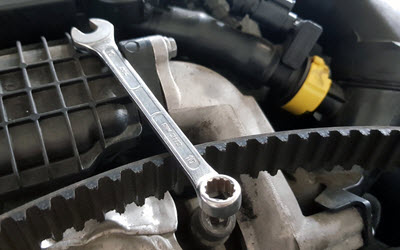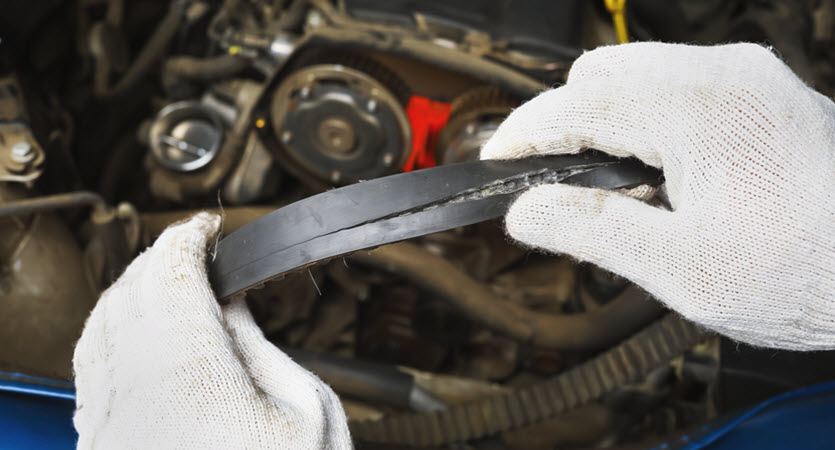Do you remember the last time you replaced the timing belt in your Volvo? Your Volvo is a well-constructed machine, but even the best vehicles need occasional tuning to run at their best. The timing belt is one of the most important components in your vehicle’s engine. If worn out or damaged, it can cause serious issues with your car and wallet. Knowing when to have your timing belt changed will help you avoid the high costs of repairs while keeping your Volvo running for years. Here, we will look at signs that suggest your Volvo’s timing belt is failing, why quick replacement is important, and where to replace this component.
When is the best time to change the timing belt on your Volvo?
Most car manufacturers, including Volvo, suggest replacing the timing belt after a certain number of miles, ranging between 50,000 and 100,000 miles. However, this time may vary depending on the model of your Volvo and the road conditions your car is exposed to. Your owner’s manual is the best source for this information, but here are some general guidelines and signs to look out for:
- Mileage and Age: If your Volvo is reaching the mileage range stipulated in the owner’s manual for a timing belt replacement, you should get it done. Timing belts are made of rubber, a material that wears out no matter how many miles are put on the car, even if that’s very few. Even if the vehicle is not regularly in use, the belt may still dry up and crack, meaning that it must be replaced before it reaches the recommended mileage.
- Squealing or Ticking Noises: A timing belt in its worn or failing state may emit noise, such as squealing, ticking, or slapping These noises are produced because the belt is slipping or no longer holds the correct level of tension.
- Difficulty Starting the Engine: If the timing belt is slipping or has broken, the engine will have difficulty turning over or may not turn over at all. This is because the engine’s timing is completely out of phase.
- Visible Wear and Tear: If you or a mechanic can get a look at the timing belt, look for fraying, cracking, glazing, or missing These are clear signs that the belt of your Volvo needs to be changed as soon as possible.
- Engine Misfires: A slipping timing belt results in misfires as the engine timing gets off or rough idling. This may also set off the check engine light.
- Oil Leaks Around the Timing Belt Cover: Oil can damage the timing belt when it drips on it, shortening its lifespan. If there is oil on the timing belt cover, you should have it checked by a professional.
Why It Is Important to Change the Timing Belt
Replacing a timing belt can sound like a lot, but it is a drop in the bucket compared to what it could cost to fix an engine that has been damaged. If the timing belt breaks while the engine is running, the valves interlock with the pistons, resulting in bent valves, broken pistons, and sometimes the need for a total engine replacement. Routine timing belt replacement cannot be overemphasized if you are a Volvo owner.
Why Trust Our Auto Service Center With Your Volvo Timing Belt?
Swedish Auto Service is a company that  deals with the servicing and repair of Volvos, which makes us knowledgeable about your car. Our team has been servicing Volvos for years, and we guarantee that all our work will be done meticulously. We give estimates at the start of any project to avoid worrying the client about hidden charges.
deals with the servicing and repair of Volvos, which makes us knowledgeable about your car. Our team has been servicing Volvos for years, and we guarantee that all our work will be done meticulously. We give estimates at the start of any project to avoid worrying the client about hidden charges.
From booking an appointment with us, to returning your Volvo on the road, we will ensure that everything runs smoothly and as planned. We are well positioned to serve drivers in Austin, TX, and the nearby cities such as Leander, Cedar Park, and Round Rock. If you need an inspection, a replacement, or guidance, we can offer you the best care for your Volvo. Call us today and set up your appointment; let us ensure your timing belt and Volvo are running like a charm!





